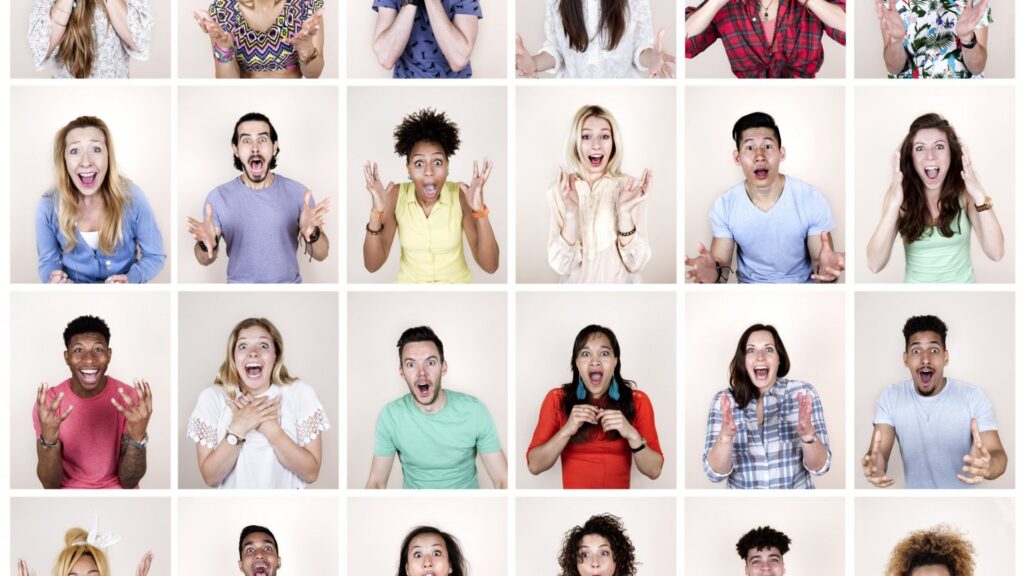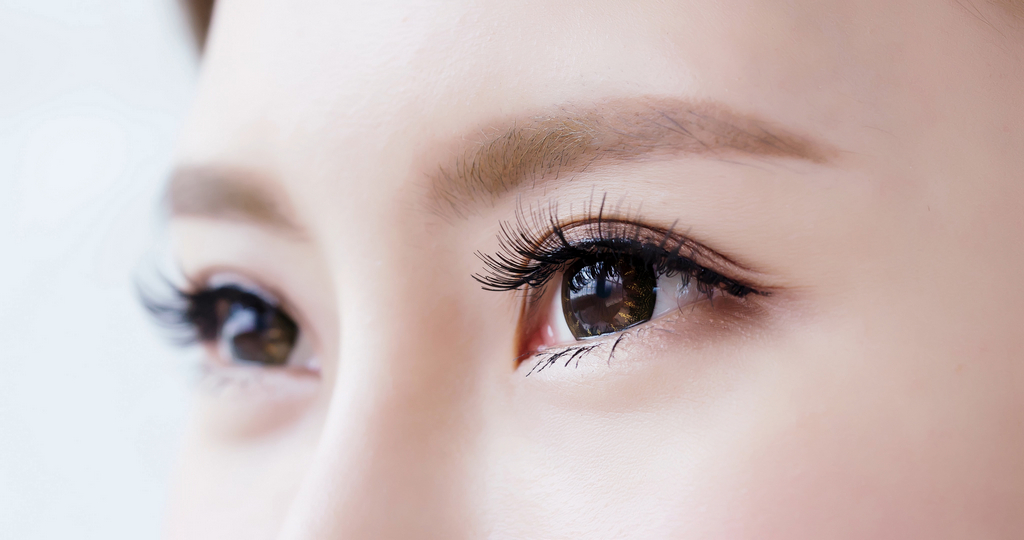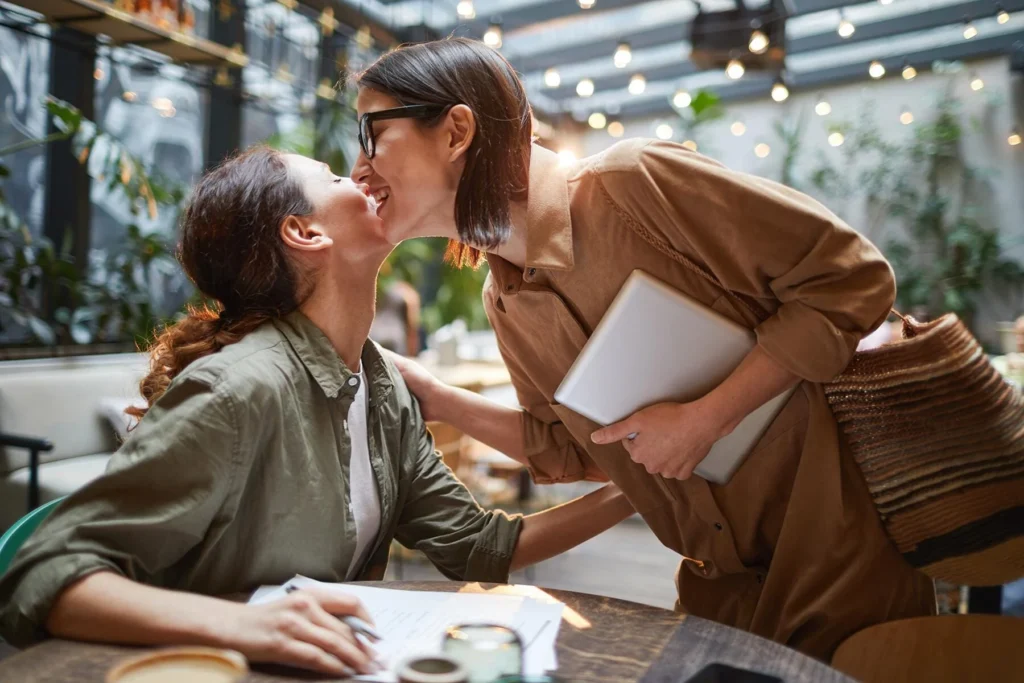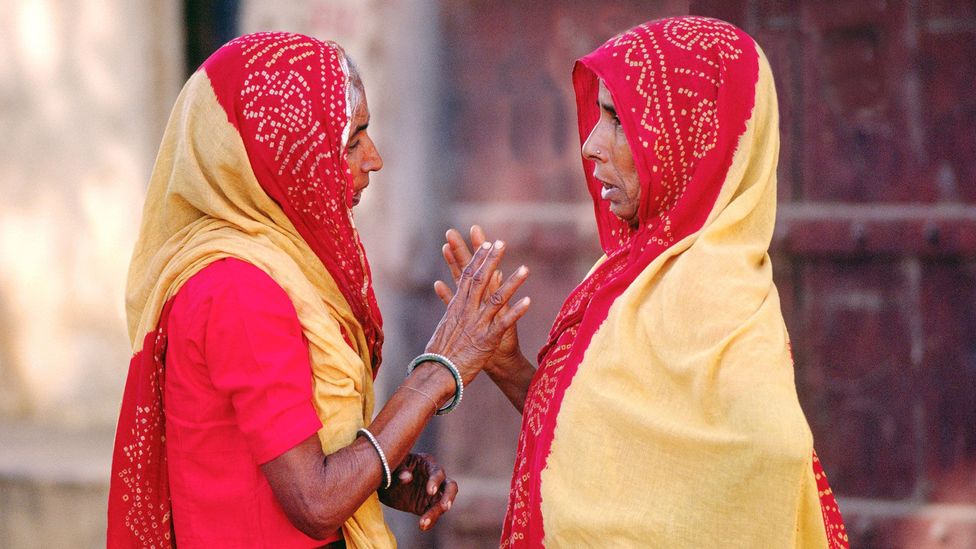How Body Language Can Differ Across Various Cultures

Did you realize that we often communicate without using our words? This nonverbal communication includes body language and it entails physical actions rather than the use of words to convey a message.
It’s nothing new, and we utilize it in our personal and professional life on a regular basis. Facial expressions, posture, eye movement, gestures, and other factors all contribute to body language.
When it comes to our personal connections, body language is even more important than words. Nonverbal communication can make a partner feel powerful or powerless, and it can make you feel respected or ignored.
However, there are significant cultural variances in how people communicate using body language. It can be quite visible, or it can be very subtle. Understanding what individuals mean through their body language can be difficult, whether you work in a multicultural workplace or travel to new areas.
Listed below are five common gestures used across the globe to help you connect with the locals next time you visit someplace new.
What Is Body Language?

Body language is an unspoken kind of communication that we utilize to show our genuine feelings and increase the impact of our communication.
There’s a lot more to communication than just words. Nonverbal clues including voice tone, gestures, and posture all play a role.
A comfortable facial expression that bursts out into a genuine smile – with mouth upturned and eyes wrinkled – is a basic illustration of body language. A tilt of the head to signal you’re thinking, an erect stance to show curiosity, or hand and arm movements to show directions are all examples.
It could also mean avoiding a defensive, arms-crossed posture or tapping your foot restlessly.
When you can interpret signs like this, you can decipher the full meaning of what someone is saying. You’ll also be more conscious of how others react to what you say and do. You’ll also be able to change your body language to appear more upbeat, engaged, and personable.
In this article, we’ll dig deeper into body language and see how you can use it to better understand and interact with others. Read more about this human method of communication at this page.
Significant Body Language Gestures Across The World
Eye Contact In Japan

Body language relies heavily on eye contact, and different countries assign different subtexts to the same gesture.
Maintaining eye contact while speaking to someone in many nations indicates that you are paying attention. Consider a mother who commands, “Look at me when I’m talking to you!” Eye contact, on the other hand, can convey aggression and disdain in Japan and a few other East Asian cultures.
Many Japanese children are instructed from an early age to gaze at people’s necks rather than their eyes.
It’s getting more socially acceptable to look people in the eyes while you’re talking to them these days, but in other instances, such as more formal interactions or chats with older people, maintaining eye contact for too long might be embarrassing!
The “Thumbs Up” In Iran

If someone offers you a thumbs up on the street in a Western country, they’re most usually being kind and encouraging. “Hello, friend!” says the thumbs-up gesture. I approve of your appearance/action/existence!”
If someone offers you a thumbs up on the street in an Arab country, they might be saying something along the lines of, “up yours.” Because in many Middle Eastern societies, such as Iran, Iraq, and parts of Greece, giving someone the thumbs up is essentially the same as giving them the middle finger. Imagine sitting on that strong thumb, because that’s what the gesture is implying.
The thumbs-up gesture, though, can occasionally just be a true thumbs up, owing to Hollywood movies, Facebook, and other components of popular culture spreading throughout the Middle East. Several members of Middle Eastern leadership, in fact, utilize the gesture to express “OK” or “cool.”
Cheek Kisses In Switzerland

Have you ever been in the awkward scenario where you go in for a hug and the other person moves in for a kiss on the cheek? And by the time you realize it, you’re unsure which cheek to start with and muddle through the entire greeting? We’ve all been there, I’m sure.
Let’s get this out of the way right away: in Switzerland, three cheek kisses are required, beginning with the right cheek. Cheek kisses are used as a greeting in several European and Latin American cultures.
The Swiss kiss, in particular, is a frequent manner for family and close friends to greet each other, especially whether it’s between girl and girl or girl and guy. Men, on the other hand, normally greet each other with a warm handshake unless they’re quite close.
New acquaintances are greeted with a handshake, which progresses to cheek kisses as the connection develops.
Head Shaking In India

When we say “Yes” in Western cultures, we nod our heads up and down. We swing our heads from left to right when we say “No.” These aren’t universal gestures. Are you starting to notice a pattern?
The way people from India and other South Asian countries use their heads to indicate so much more than just a simple “Yes” or “No” demonstrates the breadth of cultural distinctions. “Yes” is said in India by tilting the head from side to side, towards the shoulders. And the faster you shake, the more confident you are in your “Yes.”
During a conversation, this head shake motion can also be employed to show that the listener is paying attention and agreeable. It can also be a show of deference and kindness. It can refer to a variety of things.
The Number One In Germany

On a Tuesday night, you usually use your fingers to count things, such as how many mugs of beer you desire. If you’re not careful, you might get drunk a little faster in Germany. Not only do they have enormous beer cups, but they also have a unique method of finger counting.
The pointer finger is used to represent the number “one” in the United States. They begin counting with the thumb in Germany, as well as a few other European countries such as France and Italy. The pointer finger is now positioned at “two.” If you show the waiter a pointer finger, he may interpret it as “two” and bring you a pair of those massive cups.
The article is developed in partnership with BetterHelp.



